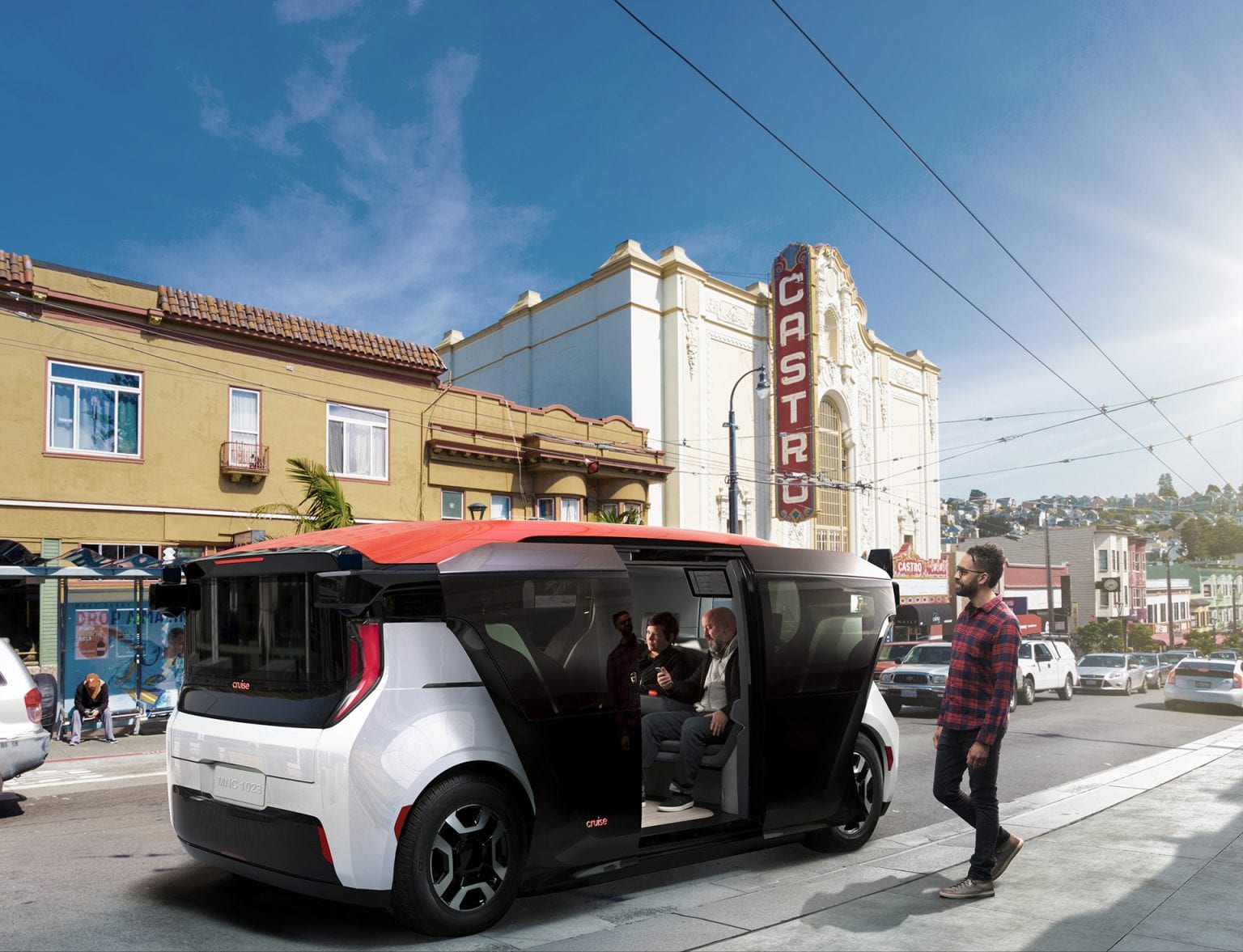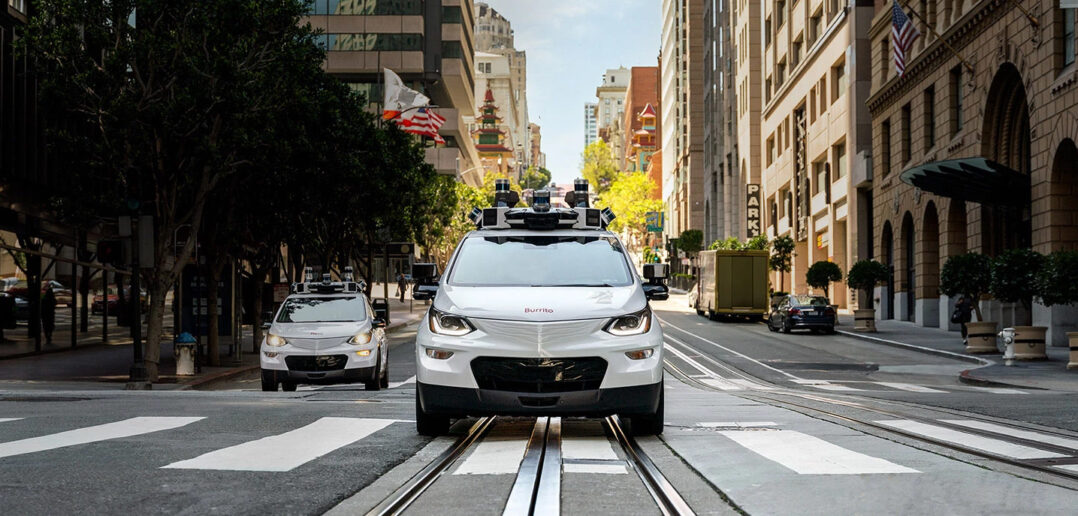Table Of Content
- GM’s Cruise robotaxis are back in Phoenix — but people are driving them
- GM's Cruise to relaunch vehicles with human drivers in Phoenix
- Cruise wasn’t hiding the pedestrian-dragging video from regulators — it just had bad internet
- Elon Musk is planning to charge new users to post on X
- How to earn €18,000 for 2 months' work all without leaving your bed
- How will driverless cars ‘talk’ to pedestrians? Waymo has a few ideas

Cruise has said it plans a return to testing on public streets, but not has not revealed where or when. Barra, who leads Cruise's board of directors, declined to say at the Dec. 4 press association meeting how much money the automaker is willing to spend on Cruise going forward until it completes its assessments and has a plan to move ahead. Some Wall Street analysts are holding out hope that GM and Barra can turn Cruise around and eventually refocus on growing the business, as the Detroit automaker takes a more hands-on approach with the company. The planned launch of the Origin, designed as a purpose-built automated vehicle, "is a huge unlock" for Cruise because of its lower cost, West said.
GM’s Cruise robotaxis are back in Phoenix — but people are driving them
GM's financial arm continues to operate an insurance business that was launched in late 2020 as part of its growth initiatives. Cruise, its majority-owned autonomous vehicle subsidiary, is increasingly looking like it might be next. To make streets safer, he said in an interview, cities should embrace self-driving cars like those designed by Cruise, a subsidiary of General Motors. They do not get distracted, drowsy or drunk, he said, and being programmed to put safety first meant they could substantially reduce car-related fatalities. Cruise at the meeting said it is reevaluating workers' compensation structures after suspending a shares buyback program, a decision that caused Vogt to apologize to staff last month.
GM's Cruise to relaunch vehicles with human drivers in Phoenix
Toyota’s vision for a futuristic city teeming with self-driving cars has been significantly delayed. In 2022, AV investments went down nearly 60 percent year over year as startups struggled through layoffs or outright closures. Last month Cruise achieved a significant milestone toward its vision of a safer, more sustainable and accessible transportation future as it became the first company to offer fully driverless rides to the public in a major U.S. city. The redeployed vehicles will not operate as they previously did — as robotaxis — but will "create maps and gather road information in select cities, starting in Phoenix," the company said. The relaunch comes after the company ceased operations weeks after an Oct. 2 accident in which a pedestrian in San Francisco was dragged 20 feet by a Cruise robotaxi after being struck by a separate vehicle.
Cruise wasn’t hiding the pedestrian-dragging video from regulators — it just had bad internet
Every Cruise Origin will help reduce the world’s reliance on oil, as well as the emissions that disproportionately burden historically underserved communities. The Origin will help expand mobility options for seniors, people who are blind or have low vision, and other communities that have traditionally faced barriers in access to reliable transportation. GM is manufacturing the Origin in Michigan at Factory ZERO, supporting and creating American jobs, promoting economic growth, and advancing the long-term success of the U.S. manufacturing sector and America’s automotive industry.
GM’s big bet on driverless cars turns sour
GM is spending nearly $2bn a year on Cruise and insists the business represents a “giant growth opportunity”. In June, the GM CEO Mary Barra reiterated a forecast that Cruise could generate $50bn a year in annual revenue by 2030. Quinn Emanuel interviewed 88 people and reviewed 200,000 documents, according to the blog post.
GM's Cruise to resume robotaxi tests on city roads in coming weeks, Bloomberg reports - Reuters
GM's Cruise to resume robotaxi tests on city roads in coming weeks, Bloomberg reports.
Posted: Thu, 22 Feb 2024 08:00:00 GMT [source]
Elon Musk is planning to charge new users to post on X
Instead it let the video “speak for itself”, according to the blog post. In three meetings, internet troubles prevented regulators from fully viewing the video and the report indicates company officials did not seek to fix the issue. Cruise reported the government investigations in a blog post in which the company also vowed to reform its culture stemming from a “failure of leadership” around the incident. The blog post did not disclose the status of the victim, who was dragged 20ft by the vehicle, nor the scope of the justice department and SEC probes. GM’s Cruise self-driving car unit on Thursday revealed US Department of Justice and Securities and Exchange Commission probes stemming from an October collision in which one of its autonomous vehicles dragged a pedestrian who had been struck by another vehicle.
How to earn €18,000 for 2 months' work all without leaving your bed
The California Department of Motor Vehicles (DMV) last month suspended Cruise's permits for autonomous vehicle deployment and driverless testing. Cruise subsequently announced a "pause" of all of its driverless operations in the US, which includes San Francisco, Austin, Phoenix, Houston, Dallas, and Miami. General Motors' Cruise self-driving vehicle unit will redeploy cars on U.S. roadways Tuesday for the first time since October, beginning with a small fleet of human-driven vehicles in Phoenix, the company said. While Cruise operations are grounded, vehicles from competitor Waymo, a unit of Alphabet, remain a common sight on San Francisco streets; the company has plans to expand to Los Angeles and other markets. The CEO of self-driving car firm Cruise resigned yesterday following an accident in which a Cruise robotaxi dragged a pedestrian 20 feet. California officials accused Cruise of withholding key information and video after the accident, and the company's self-driving operations are on hold while federal authorities investigate.
According to the Times, the company “put a priority on the speed of the program over safety.” In many ways, it echoes Uber’s infamous approach to self-driving cars, which cut corners on safety in order to get more cars on the road. Eventually, an Uber self-driving car killed a woman crossing the street in Arizona, which resulted in the company shuttering the whole division. The company subsequently paused driverless operations nationwide, appointed a new chief safety officer, recalled all 950 of its vehicles, and retained an outside group to perform an independent safety audit. This program will keep Cruise extremely competitive in the talent market against both public and private companies as the company enters the early commercialization phase and continues to attract and retain some of the world’s best talent. Cruise said its "goal is to resume driverless operations," however it did not provide a timeline for doing so.
How will driverless cars ‘talk’ to pedestrians? Waymo has a few ideas
GM Energy and the BrightDrop commercial EV unit continue to operate; however, GM recently brought BrightDrop in-house from being a wholly owned subsidiary. DETROIT — General Motors' plans to diversify its business through trendy industries such as ridesharing and other "mobility" ventures or startups have largely fallen flat since the automaker started investing in such growth areas in 2016. They also have experience dealing with local regulators who do not always welcome more competition for public transit or licensed cabs.

California’s Department of Motor Vehicles last week accused Cruise of omitting the dragging of the woman from a video of the incident it initially provided to the agency. The D.M.V. said the company had “misrepresented” its technology and told Cruise to shut down its driverless car operations in the state. Cruise has hired a law firm to investigate how it responded to regulators, as its cars sit idle and questions grow about its C.E.O.’s expansion plans. Rather than sit back and let driverless cars come to them eventually, Barra insisted on GM staying in the driver’s seat. And now it has to deal with the fallout when that company’s “move fast and break things” culture has resulted in a crisis. GM CEO Mary Barra would routinely invite him to appear on earnings calls or to speak at investor conferences in a sign that the automaker was fully invested in Cruise.
A big part of Cruise’s strategy moving forward, as outlined in Tuesday’s blog post, involves reforming and establishing updated incident response and crisis management protocols to ensure more efficient and transparent responses in the future. The company says it will also work on improved engagement with first responders to facilitate trainings in each precinct it plans to operate in. The October incident wasn’t the first time Cruise’s technology has caused problems. Even as Cruise expanded to new cities in the second half of 2023, its robotaxis were routinely malfunctioning in cities like San Francisco and Austin, disrupting the flow of traffic, public transit and first responders. The Cruise vehicle then moved "rightward before braking aggressively, but still made contact with the pedestrian," the company said. "The AV detected a collision, bringing the vehicle to a stop; then attempted to pull over to avoid causing further road safety issues, pulling the individual forward approximately 20 feet."
The unit has quickly gone from one of GM's greatest business opportunities to a growing liability. Cruise, of which GM owns more than 80%, has confronted a wave of problems and investigations sparked by an Oct. 2 accident in which a pedestrian in San Francisco was dragged 20 feet by a Cruise self-driving vehicle after the person was struck by another vehicle. Vogt wanted Cruise to dominate the market much in the same way that Uber dominated Lyft.
But in truth, Uber’s failed effort to launch driverless cars turned out to be way more instructive. He argued that self-driving cars would lead to a dramatic drop in traffic fatalities, using the example of a young girl killed in a San Francisco intersection to bolster his argument. Cruise even bought a full-page ad in The New York Times declaring “human drivers are terrible” and holding up its driverless cars as the only solution.
"AV technology, while they've made a lot of progress with it, is unlikely to be profitable anytime in the foreseeable future, certainly not this decade," said Sam Abuelsamid, principal research analyst at Guidehouse Insights. "If they need to make cuts, robotaxis seem like the obvious place to do that." "You'll likely see us expand the number of markets in a large number next year," he said. Cruise believes it can accelerate application of its technology to other cities using a "repeatable playbook" developed in San Francisco, Austin and Phoenix. That should start to deliver revenue numbers with more zeros in them, he said. Cruise has announced plans to start offering rides in Austin and Phoenix, adding those cities to its current base in San Francisco.

No comments:
Post a Comment